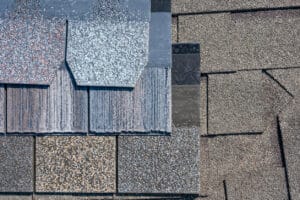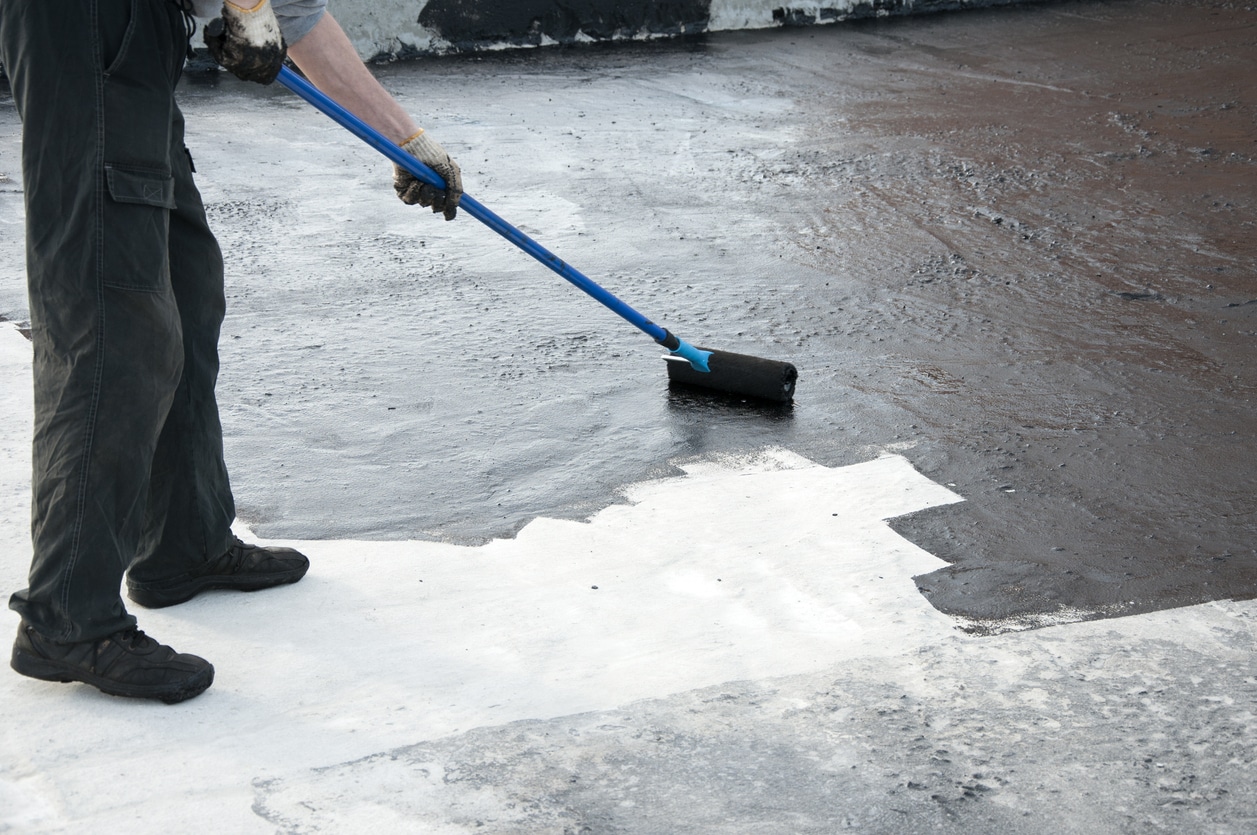Choosing The Right Roofing Material

The choice of roofing material is a crucial decision for homeowners, as it not only affects the aesthetics of the house but also plays a vital role in protecting it from the elements. With numerous options available, each with its own unique set of advantages, it is essential to understand the benefits offered by different roofing materials. This article aims to explore various roofing materials and highlight their respective advantages, enabling homeowners to make an informed choice based on their preferences and requirements.
- Asphalt Shingles:
Asphalt shingles are the most common and widely used roofing material due to their affordability and versatility. They come in a wide range of colors and styles, allowing homeowners to achieve the desired aesthetic appeal. Additionally, asphalt shingles are relatively easy to install and require minimal maintenance. They provide excellent protection against fire and moderate weather conditions, making them suitable for most residential applications. Asphalt shingles are also durable and offer a lifespan of around 15 to 30 years, depending on the quality. Lastly, their widespread availability makes repairs and replacements convenient and cost-effective.
- Metal Roofing:
Metal roofing has gained popularity in recent years due to its durability, energy efficiency, and modern appearance. Metal roofs are highly resistant to extreme weather conditions, including heavy rain, snow, and strong winds. They are also fire-resistant, providing an additional layer of safety to the home. Metal roofs can last up to 50 years or more, making them a long-term investment. Moreover, they reflect heat, reducing cooling costs during hot summers. Metal roofs are lightweight, easy to install, and require minimal maintenance. They are available in a variety of finishes and styles, enabling homeowners to achieve a customized look that suits their preferences.
- Clay or Concrete Tiles :
Clay or concrete tiles offer a timeless and elegant appearance to any home. They are known for their exceptional durability, with a lifespan of up to 50 years or more. These tiles provide superior protection against fire, extreme weather conditions, and pests. They are resistant to rot and do not deteriorate with exposure to the sun’s UV rays. Clay and concrete tiles have excellent insulation properties, reducing energy consumption for heating and cooling. Additionally, they are low-maintenance, requiring periodic inspections and cleaning to maintain their aesthetics and functionality. While the initial cost of installation may be higher than other materials, the long-term durability and aesthetic appeal make them a worthwhile investment.
- Wood Shakes or Shingles:
Wood shakes or shingles are often chosen for their natural beauty and rustic charm. They create a warm and inviting look, particularly suitable for traditional or cottage-style homes. Wood roofs provide good insulation, reducing energy costs. They are also durable and can last 30 to 50 years when properly maintained. Wood has natural insulating properties, allowing for better temperature regulation inside the house. However, regular maintenance is necessary, including periodic cleaning, treatment for moisture and rot, and replacement of damaged shakes or shingles. It is worth noting that some areas may have restrictions or fire codes related to the use of wood roofing materials, so local regulations should be considered.
- Synthetic Roofing Materials :
Synthetic roofing materials, such as composite shingles or rubber tiles, offer a cost-effective alternative to natural materials. They mimic the appearance of wood shakes, slate, or clay tiles while providing enhanced durability and resistance to weathering. Synthetic materials are lightweight, easy to install, and require minimal maintenance. They are often more affordable than natural materials, making them an attractive option for budget-conscious homeowners. Additionally, they offer good insulation properties and are typically resistant to fire, insects, and rot. Synthetic roofing materials come in various colors and styles, allowing homeowners to achieve the desired aesthetic without compromising on durability or longevity.
Conclusion :
Choosing the right roofing material is crucial for the protection, aesthetics, and longevity of your home. Each roofing material discussed in this article offers unique advantages to consider. Asphalt shingles provide affordability and a wide range of options, while metal roofing offers durability, energy efficiency, and modern appeal. Clay or concrete tiles provide timeless elegance and exceptional durability, while wood shakes or shingles offer natural beauty and insulation properties. Synthetic roofing materials offer cost-effective alternatives without compromising on durability or aesthetics. By understanding the advantages of different roofing materials, homeowners can make an informed decision that aligns with their needs, budget, and desired aesthetic for their home.
Choosing the right roofing material is crucial for the protection, aesthetics, and longevity of your home. Each roofing material discussed in this article offers unique advantages to consider.
Keywords: choosing the right roofing material




